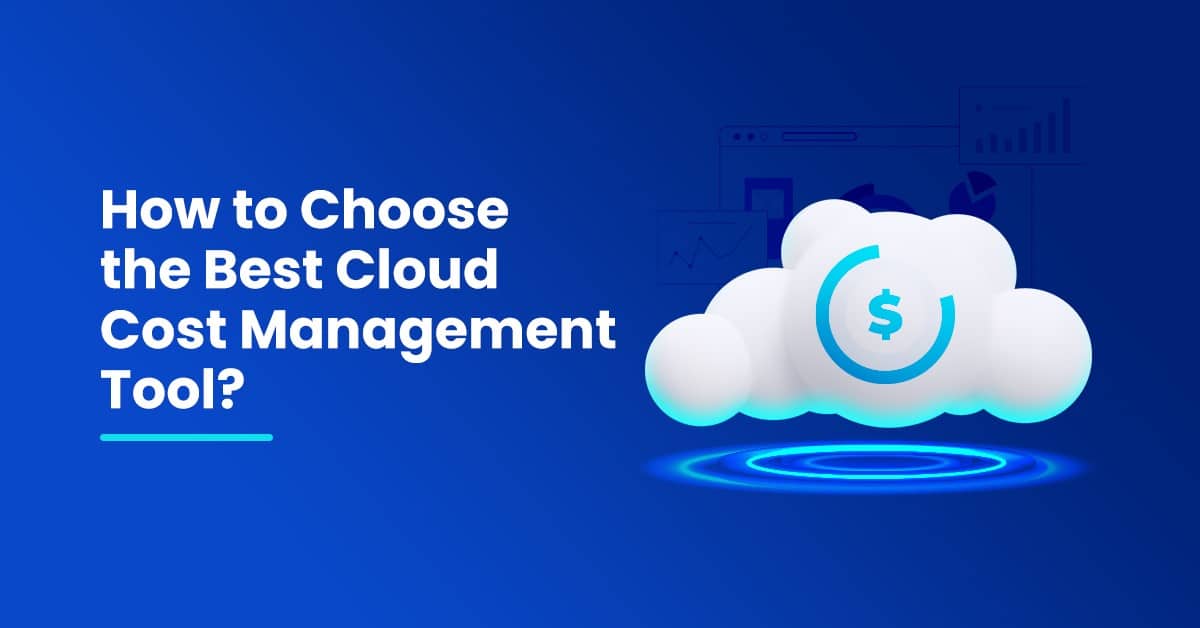Table of Contents
Cloud computing offers numerous benefits, including scalability, flexibility, and cost efficiency. However, without proper cost management, cloud expenses can quickly spiral out of control. To address this challenge, organizations rely on cloud cost management tools. In this article, we will explore the key considerations for selecting the best cloud cost management tools that align with your organization’s needs and goals. By making an informed decision, you can effectively optimize cloud spending, gain visibility into costs, and maximize the value of your cloud investments.
Understanding the Importance of Cloud Cost Management
Effective cloud cost management is vital for organizations to maintain control over their cloud spending. It enables businesses to track, analyze, and optimize cloud costs, ensuring that resources are allocated efficiently, and budgets are effectively managed. Moreover, Cloud cost management tools provide insights into usage patterns, identify cost drivers, and enable proactive decision-making. With the right tool in place, organizations can mitigate cloud cost risks. As well as, eliminate waste, and optimize their cloud investments.
Key Considerations for Choosing a Cloud Cost Management Tool
Cost Visibility and Analysis:
A robust cloud cost management tool should provide comprehensive visibility into cloud spending across different services, accounts, and regions. It should offer detailed cost breakdowns, enabling you to identify cost drivers and allocate expenses accurately. The tool should also support advanced analytics and reporting capabilities, allowing you to analyze historical and real-time cost data to identify trends, anomalies, and optimization opportunities.
Budgeting and Forecasting:
Look for a tool that offers budgeting and forecasting features. This allows you to set budget thresholds, monitor spending against budgets, and receive alerts when thresholds are exceeded. Accurate forecasting capabilities help in planning future spending, optimizing resource allocation, and avoiding unexpected cost overruns.
Cost Optimization and Recommendations:
An ideal cloud cost management tool should offer cost optimization recommendations. It should identify potential cost-saving opportunities, such as rightsizing underutilized resources, leveraging reserved instances, or adopting spot instances. The tool should provide actionable insights and recommendations based on your specific usage patterns, helping you make informed decisions to optimize costs without compromising performance.
Multi-Cloud and Hybrid Cloud Support:
If your organization uses multiple cloud providers or has a hybrid cloud environment. Additionally, choose a cost management tool that supports these environments. Moreover, It should offer centralized cost visibility and management across different clouds, allowing you to track and optimize spending consistently.
Integration and Automation:
Consider a tool that integrates seamlessly with your existing cloud infrastructure and management systems. Integration with cloud providers’ APIs enables automated data collection and cost tracking. Look for integrations with popular cloud platforms like AWS, Azure, and Google Cloud. Automation features, such as automated tagging and cost allocation, streamline the cost management process, saving time and effort.
Scalability and Performance:
Ensure that the chosen tool can handle the scale and complexity of your cloud environment. It should be capable of processing large volumes of data and providing real-time cost insights without performance bottlenecks. Cloud scalability is crucial to accommodate growing cloud usage and expanding deployments.
Evaluating Cloud Cost Management Tool Providers
When evaluating different cloud cost management tool providers, consider the following factors:
Vendor Reputation and Support:
Research the reputation and track record of the tool provider. Additionally, Read customer reviews and case studies to understand their experience with the tool and the level of support provided. Further, Look for a vendor with a strong support system and responsive customer service to address any issues or questions that may arise.
Pricing Structure:
Understand the pricing structure of the tool and evaluate how it aligns with your budget and usage patterns. Some tools charge based on the number of cloud accounts or users, while others may have a consumption-based pricing model. Choose a pricing model that suits your organization’s needs and offers transparency in cost calculations.
Security and Compliance:
Ensure that the tool complies with industry security standards and regulations. Moreover, Look for features like data encryption, access controls, and compliance with frameworks like SOC 2 or ISO 27001. Data privacy and security are crucial when handling sensitive cost and usage information.
Roadmap and Innovation:
Consider the vendor’s product roadmap and commitment to innovation. Further, Look for a tool provider that actively updates and improves its offering, keeping up with the evolving cloud landscape and introducing new features and functionalities that address emerging cost management challenges.
Choosing the best cloud cost management tool is essential for organizations to optimize cloud spending, gain visibility into costs, and make informed decisions. By considering factors such as cost visibility and analysis, budgeting, and forecasting, cost optimization recommendations, multi-cloud support, integration and automation capabilities, scalability, vendor reputation and support, pricing structure, security and compliance, and the vendor’s roadmap and innovation, organizations can select a tool that aligns with their specific needs and maximizes the value of their cloud investments. Investing in the right cloud cost management tool empowers organizations to take control of their cloud spending, reduce waste, and drive cost efficiency while leveraging the benefits of cloud computing.


